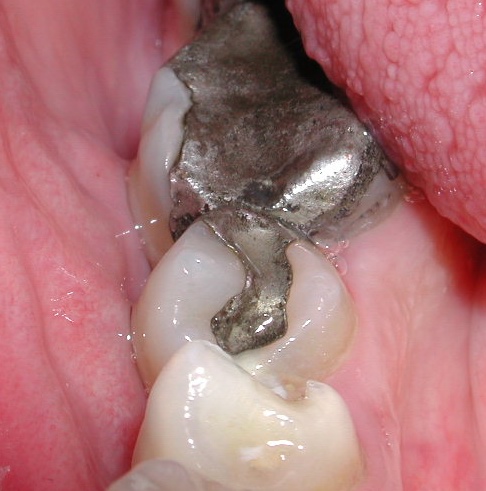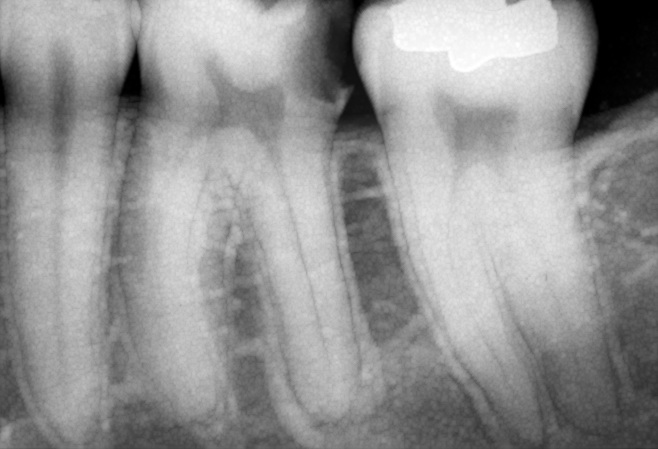Pulpitis - Diagnosis




Of all endodontic diagnoses, the diagnosis of pulpitis can sometimes be the most difficult. This is because pulpitis cannot be diagnosed from radiographs and because clinical symptoms and signs do not predictably correlate with the histological status of the pulp.
However, in acute pulpitis, if the pain is easily localised and if, for example, clinical investigation reveals caries extending into the pulp, then there is no doubt about the correct diagnosis. The problem arises when it is difficult to localise the pain, and when clinical investigation fails to reveal a clear cause for the pain (see differential diagnosis of pulpitis).
Many cases of pulpitis are free of symptoms. The diagnosis of chronic (asymptomatic) pulpitis is therefore based on the dental history, on the results of clinical investigations, and on our knowledge of histological studies of the pulp. For example, in cases where caries extends into the pulp without any previous history of pain or other symptoms, information derived from histological and clinical studies indicates that there is always an inflammatory reaction in the pulp, and in more than half of such cases the pulp is irreversibly damaged.
If chronic pulpitis has been long-standing, it is typically accompanied by an increased production of secondary dentine; atypical obliteration of the canal can often be regarded as an indication of chronic pulpitis.
Usually, no radiographic changes can be seen in the periapical area in cases of pulpitis. However, sometimes in acute pulpitis, discontinuity of the PDL and widening of the PDL space of some 1 - 2 mm around the apical foramen can be seen radiographically.